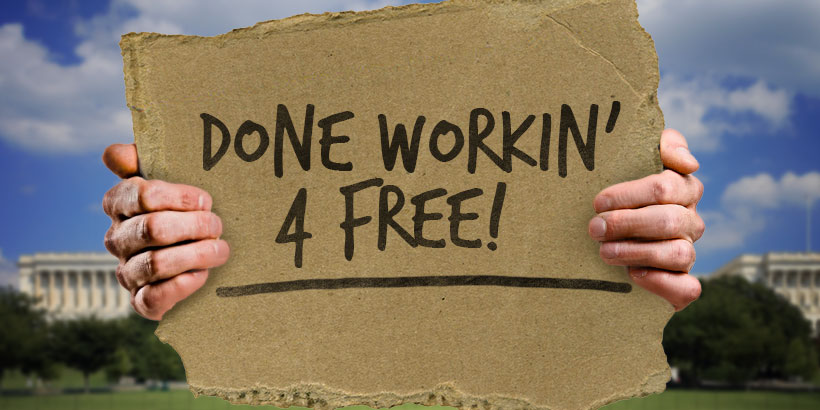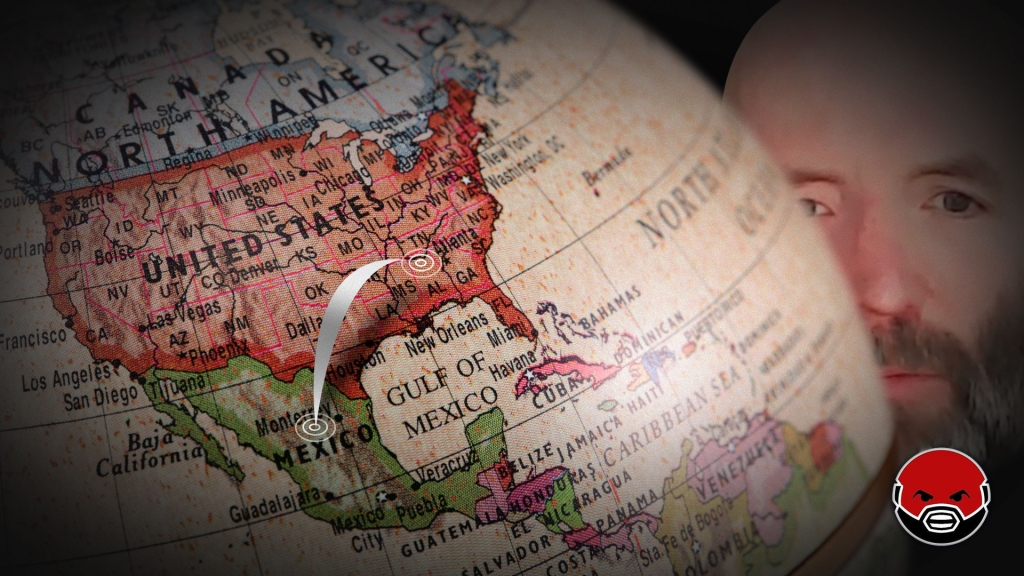Tuesday is the final day to pay your 2017 taxes, but if you live in Alabama, at least you have stopped working for the government for the rest of this year.
Alabama’s “Tax Freedom Day” came 11 days ago, on April 5, according to the Washington-based Tax Foundation. That is tied with Oklahoma and Tennessee for the third earliest day in the country, behind Alaska and Louisiana, which are tied at one earlier — April 4.
Last year’s Tax Freedom Day in Alabama fell on April 9, four days later than this year. But the Tax Foundation cautions that direct comparisons at the state level are not possible because of significant changes to the methodology.
Tax Freedom Day is the date on which taxpayers have earned enough money to pay their federal, state and local taxes for the year. On average, that date falls on April 19 this year — two days after the deadline to file taxes.
It is a way to visualize the tax burden, which is roughly 30 percent of income. That includes not just federal income taxes but all taxes paid to government at all levels — state, local and federal.
This year, Americans will fork over $3.4 trillion in federal taxes, alone. State and local governments take another $1.8 trillion on top of that. The combined $5.2 trillion is 30 percent of the nation’s gross domestic product.
“Americans will collectively spend more on taxes in 2018 than they will on food, clothing, and housing combined,” tax analyst Erica York wrote in the Tax Foundation report.
But chin up, American taxpayer. The Tax Cuts and Jobs Act, passed by Congress last year, will make this year’s Tax Freedom Day come three days earlier.
But the Tax Freedom Day does not include the effects of borrowing, which are substantial. Since 2002, federal expenses have surpassed revenue, with the annual deficit reaching $1 trillion from 2009 to 2012. The Congressional Budget Office projects this year’s deficit will grow from 665 billion to $806 billion, with a return to trillion-dollar deficits on the horizon.
Including all that red ink pushes Tax Freedom Day back — by 17 days in 2018, to May 6.
Before big government took hold in the 20th century, Americans hardly had to work at all before achieving tax freedom. For the first two decades of the last century, Tax Freedom Day hovered around Jan. 20. The entire rest of the year’s income could be spent on food, housing and other expenses.
That date began to creep later and later starting in the 1920s, however. Spikes in debt sent the adjusted Tax Freedom Day spiraling in the 1920s and again in the 1940s. In fact, the latest deficit-inclusive Tax Freedom Day on record occurred in 1945 — on May 25.
Alabama fares better than most of its peers because its residents, on average, make less — and therefore pay less in taxes — and because the state and local tax burden is relatively light.
“The total tax burden borne by residents of different states varies considerably due to differing state tax policies and the progressivity of the federal tax system,” York wrote.
So even if Alabama and a high-income state have the same tax policies, Alabama’s net tax burden will be less because its residents will pay less in federal taxes than the residents of the state with more higher-income residents.
New York State residents — who have the latest Tax Freedom Day in the nation — will be working for the government until May 14. That is more than a full month later than their counterparts in Alabama.
Other states with a late Tax Freedom Day are New Jersey, Connecticut and the District of Columbia — all at May 3.
@BrendanKKirby is a senior political reporter at LifeZette and author of “Wicked Mobile.”













